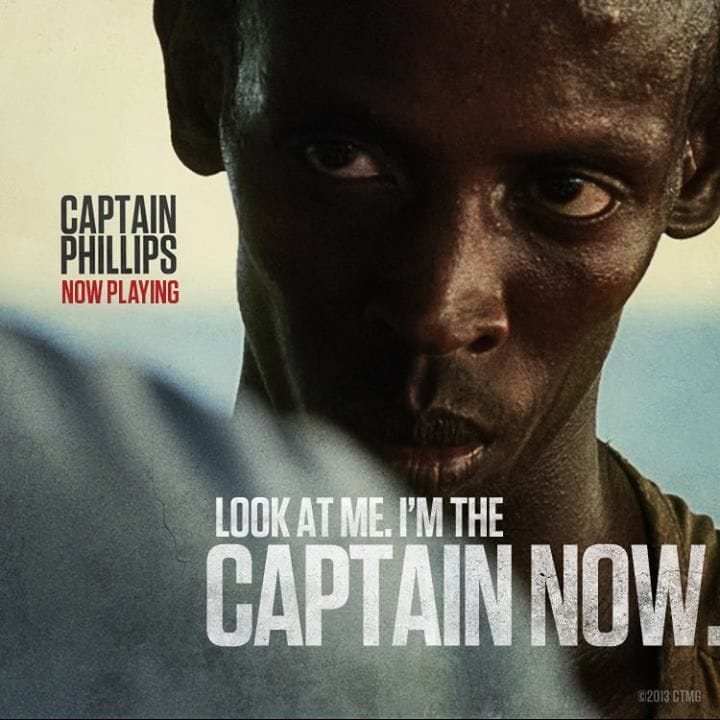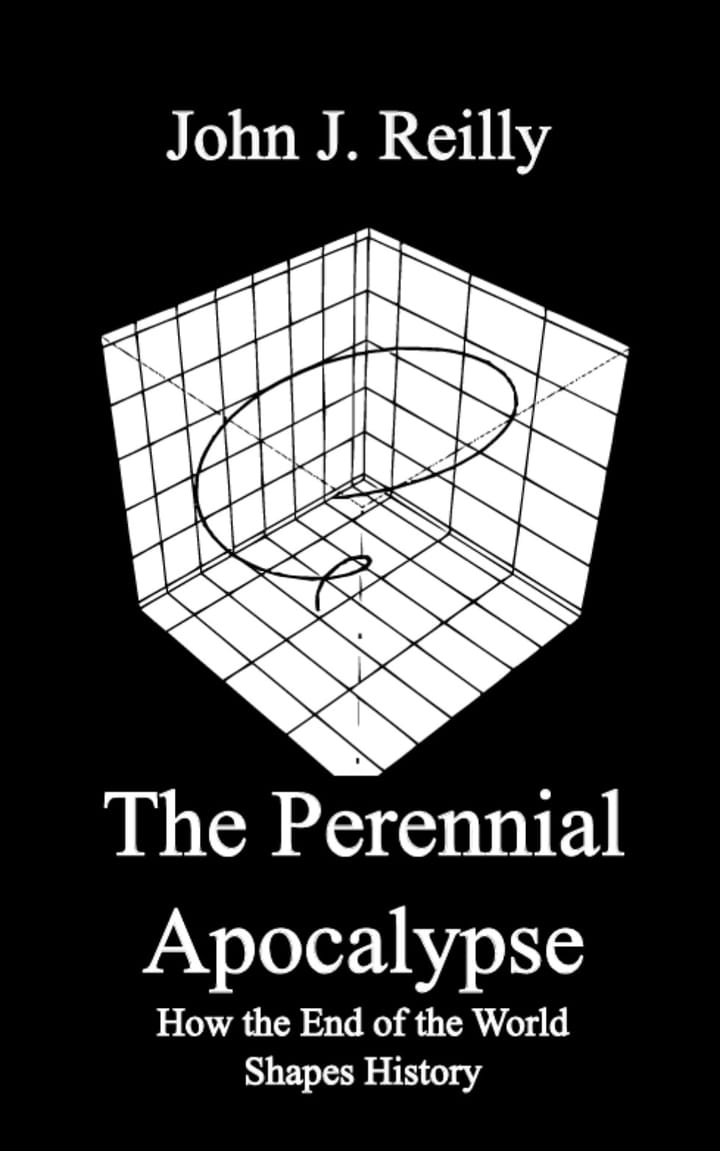The Long View: Religion and Governance: A Response

The future that still hasn't happened.
I can't find fault with John's notion that future has a tendency to turn out otherwise than expected.
Religion and Governance:
A Response
by John J. Reilly
This comment is in reply to the paper, "Religion and Governance," produced by Harlan Cleveland and Marc Luyckx for the Seminar on Governance and Civilization (May 14 -16), which was sponsored by the European Commission. The paper is a very broad-guage consideration of the role of religion in the 21st century in the "governance" of society. The geographical scope of the inquiry seems to be universal, but with special reference to Europe and the United States.
"Governance" is a broad-guage concept itself, since it includes not just what governments do, but also how other institutions of civil society, from business corporations to sporting clubs, systematically influence how people think and behave. The basic conclusion of the paper is that the non-religious public life of secular modernity, what Richard John Neuhaus called the "naked public square," is going to be again ornamented with religious meanings and institutions. The paper seeks to outline what kind of meanings and institutions these might be. It also seeks to spot possible occasions for social conflict that were not present in the more secular era that this future replaces.
There are two common ways to predict the future. One is to locate the present on the map of a model of history, the other is to extrapolate from features of the world as it is. "Religion and Governance" does both.
The model of history has the familiar structure of three ages. The first age was the premodern era, when the world was not just religious but enchanted. Society was governed by hierarchies that intermediated between the human and the transcendent. The second age was modernity, which was rationalistic and anti-transcendent. It, too, was hierarchical, but for reasons of efficiency. Because it made distinctions that once had been fused in a holy wholeness, it allowed for the development of individual autonomy and freedom of inquiry.
The age to come is called simply the "transmodern." Its cultural content is already apparent in the thinking of "cultural creatives," which seems to be a new term for "progressive" or "avant garde." Among transmodernism's elements are "intuitive brainwork," the celebration of diversity, the central importance of the protection of the physical environment, the acknowledgment of humanity's role in its own evolution, a public role for spirituality, and a preference for networks over hierarchies.
The problem with this analysis is that it gives too little attention to the content of the present per se. All we are told about today is that we are living in a transitional period. This description is trivially true of any historical period you can think of, since the past is always turning into the future. Still, there are indeed some unusual periods, such as the first half of the 16th century, when it is more true than in others. I see no reason to doubt that late modernity is such an age. If this true, however, then today should be more different from its immediate future than is usually the case. The present should, on the other hand, be less different from its immediate past than from its future; "postmodernism" is just late modernity, which is to say, modernism that has become a familiar running gag.
Most of the elements that "Religion and Governance" single out as features of the transmodern future are probably features of our highly unusual present. This is particularly the case with those elements of contemporary cultural life that render it so plastic and indeterminate. The toleration of diversity, the antipathy to traditional hierarchies, the fixation on new information technologies: these are the sort of thing you would expect to see in a transitional period. The plasticity is necessary for the creation of a new synthesis. When the synthesis is achieved, however, it will have a specific content that will be defended.
"Religion and Governance" probably hits the nail right on the head when it says that the chief conflicts in the future having a religious dimension will be between "fundamentalists" and "cultural creatives." The paper also does well to counsel an irenic dialog among all parties. Nevertheless, I suspect that the identification of fundamentalists with the "premodern" and of cultural creatives (or "liberals") with the "transmodern" is seriously misleading.
One of the defining features of the current cultural period is precisely the deadening influence of what in politics is sometimes called "reactionary liberalism." We live in a time in which the artistic avant garde has not had an original idea since 1910, but asserts a new-found right to public funds. For many people, the last word in social enlightenment is still a bohemianism that was weary fifty years ago. Even theology is transfixed by a "critical method" that was abandoned by classicists long before living memory. In the next century, all this stuff is going to go.
Does this mean that the transmodern world is going to be a conservative's paradise? Almost certainly not; "Religion and Governance" is correct to emphasize that the Third Age will have both modern and premodern features. All I am suggesting is that the coming age will be a Hegelian synthesis, and not simply an extension of the present.
END
This article originally appeared in the Religious Futurists Bulletin (October, 1998), an organ of the World Network of Religious Futurists.
Copyright © 1998 by John J. Reilly



Comments ()